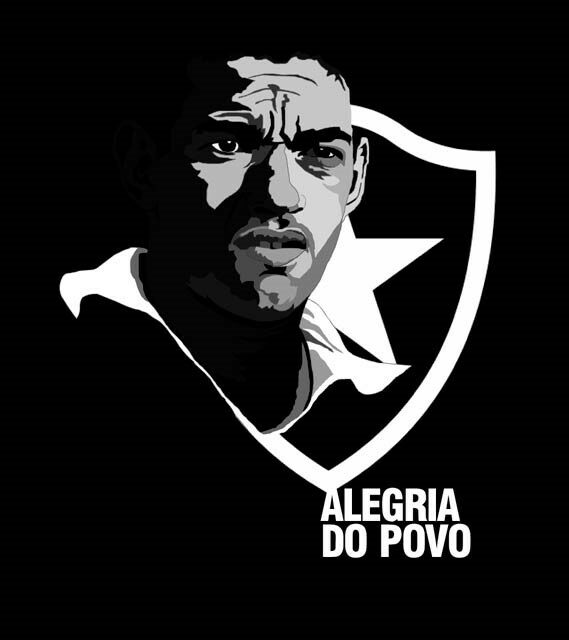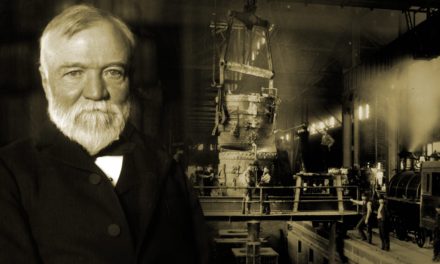Things won, are done. Joy’s soul lies in the doing. – William Shakespeare
Manoel Francisco dos Santos was born in poverty in Pau Grande, a poor area in the State of Rio de Janeiro Brazil, in 1933. He was a cripple, with one leg almost 2 ½ inches shorter than the other, and an oddly bent spine. He was uneducated. Later in life he would, like his father, become an alcoholic. He was also a notorious womanizer, fathering 14 children with 5 different woman. Manoel died in 1983 at age 49, from cirrhosis of the liver, alone, and penniless.
In many ways Manoel lived a sad and unfortunate life. Yet, between the childhood in the slums and the sad decline and death, Manoel – called Mane’ by his friends – created great joy and happiness for people around the world.
Mane’s joy was expressed through football, soccer as we call it here in the U.S. As a child, football provided a release, an escape from the reality of life in the slums of Pau Grande. Mane’ played football in the streets, where fun and creativity were the rule, with little to no organization and structure.
Mane’ showed incredible talent and flair, but with his lack of formal training, and his physical defects, any chance of playing at a level beyond the streets and local leagues was doubtful. Mane’ did not really recognize his own talents. He had participated in tryouts with a few pro clubs, but had been rejected. He was then offered a tryout with another pro club, Botafogo, but hesitated to go. He feared, as with other tryouts, he would be ridiculed as a cripple and rejected. He was finally convinced to go to the tryout. During a practice game, his talent was recognized by a top professional player who was beaten repeatedly by Mane’ and his creative moves. The player, Nilton Santos, walked Mane’ over to the President of the team, and told him, “Please sign this guy so I don’t have play against him.”
So Mane’ become a professional football player, actually being paid to play the game that he had played for fun in the streets. And his play, his flair, his creativity on the field was a revelation. On the field of play, he did things with the soccer ball no one had seen before. He played with pure joy and through his play brought joy to the fans. In fact, the people of Brazil came to call him ‘Alegria do Povo’ – Joy of the People.
Mane’ and his talent became noticed by Brazil football officials and he was considered to play on the National team for Brazil. Yet the football authorities in Brazil had concerns about Mane’. He dribbled the ball too much. He showed brilliance, but was a showman. Would his creative play contribute to the teams’ success, or hinder it?
Also at the time, Brazil was adopting a more sophisticated approach to training and team selection, like the top European teams. They conducted intelligence and psychological tests on the players being considered for the National Team. Mane’ failed all the tests.
Mane’s audacious style of play could sometimes infuriate his managers. In one exhibition game against Italian club Fiorentina, he beat 3 defenders and the goalie, then waited in front of the goal for a defender to recover, beat him again, and then deftly passed the ball in the goal. Because of the many concerns about his play, Mane’ was going to be left off the team that would compete in the 1958 World Cup.
Fellow players, however, recognizing his talent and potential, lobbied for Mane’ to be included. This level of player intervention was unusual for the time; however, it was successful and Mane’ was added to the team.

The 1958 World Cup was played in Sweden. In the group play format Brazil faced the USSR, who were much feared for their “scientific football” approach. Yet the Soviet machine had no answer for the creative, skillful play of Mane’ and his teammates, which included a 17 year old phenomenon named Pele. Mane’ repeatedly beat the Soviet defenders with his dazzling dribbling moves, leaving one defender sprawled on his back, to the delight of the crowd. Brazil won 2-0.
Brazil made it to the final, facing host Sweden. Again, Mane’ and his teammates thrilled the crowd with their creative flair, defeating the Swedes 5-2. It was reported that Mane’ was not even aware the game with Sweden was the championship game, and only realized it when he saw his teammates joyously celebrating. He thought there might be a second leg (game). Mane’ did not track standings and rarely knew – or cared – who the opposing team was. He simply loved to play and knew he needed to help his team win each game.
Mane’ was also a member of the Brazil National Team for the 1962 World Cup in Chile. Mane’ was now relied on to help carry the team to success, as fellow star Pele was injured and unable to play. In the semi-final game, spurred by Mane’s mesmerizing, magical play, Brazil eliminated the host country Chile in the semi-final. Mane’ performance on the field was astounding. The national newspaper of Chile, Mercurio, asked about Mane’, “What planet is (he) from?”
Brazil went on to win their second consecutive World Cup, defeating Czechoslovakia in the final. Mane’ was recognized as the top player of the tournament.
Despite offers from top European clubs, Mane’ played his prime competitive years with his beloved home club, Botafogo, leading the club to several state and national titles. Mane’ did not show much interest in riches. What money he made he squandered. He just loved to play football and entertain the fans.
After his early, unfortunate decline and death, Mane’ was laid to rest in his home state of Pau Grande, in the state of Rio de Janeiro.
As well as the title, Joy of the People, Mane’ was known as Anjo de Pernas Tortas – Angel with Bent Wings.Yet he was best known as Garrincha – little wren (bird), a nickname given him by his sister when he was young. His sister recalled that she told him, “Look, it is just like you. It flies around a lot, but it is not good for anything.”
At his burial site, the epitaph reads, “here rests in peace the one who was the Joy of the People – Mane’ Garrincha.”
—————
Who was the best soccer (futbol) player of all time? Many will say the legendary Brazilian player, Pele. Yet if you ask a Brazilian who was the best soccer (futbol) player of all time, many will say ‘Mane Garrincha.’ The statistics certainly do not support Garrincha as the greatest player. It is the spirit in which he played that people remember. Are there any lessons to be learned through the life of this enigmatic figure? Here are my thoughts.
Recognizing and Cultivating Brilliance. Because Garrincha did not fit the mold of the typical soccer player, he was almost never given a chance to play at the professional level, and play for the Brazil National Team. His legs were deformed, he dribbled too much and had little awareness of traditional soccer tactics. Eventually, the coaches and managers recognized his brilliance and realized there was no use in trying to restrict him. So, they put him out on the pitch and let him work his magic. He led Brazil to two consecutive World Cup championships.
Discovering the Joy in Doing. Approaching a game, Garrincha rarely knew who the opponent was or knew the standings. He was simply focused on playing the game and helping his team win. He played with pure joy, without restrictions or pressures, which was probably a big reason for his success. How many of us could do better at being fully engaged in the moment, in what we are doing, and not restricted by outside pressures or distracted by looking ahead to what is next?
Instead, enjoy the act of doing, like the ‘Joy of the People’, Mane Garrincha.
Videos:
The Genius of Dribble
Garrincha in action



